#Fredric March edits
Text
Dreamy
#Fredric March#Fredric March edit#Fredric March edits#old hollywood#vintage edit#vintage edits#vintage stars#old stars#merrily we go to hell#30s#1930s#vintage#old movies
16 notes
·
View notes
Photo
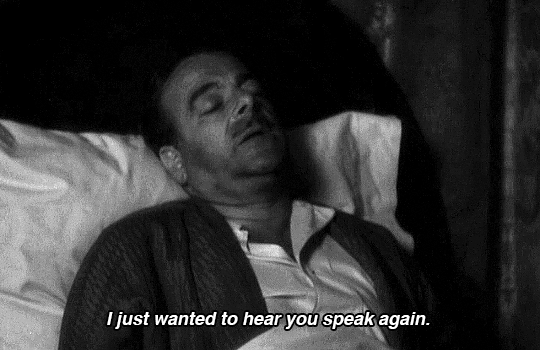




𝐖𝐡𝐚𝐭 𝐏𝐫𝐢𝐜𝐞 𝐇𝐨𝐥𝐥𝐲𝐰𝐨𝐨𝐝 (𝟏𝟗𝟑𝟐) 𝐭𝐨 𝐀 𝐒𝐭𝐚𝐫 𝐢𝐬 𝐁𝐨𝐫𝐧 (𝟐𝟎𝟏𝟖)
ᴛʜᴇ ᴇᴠᴏʟᴜᴛɪᴏɴ ᴏꜰ ᴀ ʟɪɴᴇ
#what price hollywood#a star is born#movie edit#film edit#movieedit#filmedit#lowell sherman#constance bennett#fredric march#janet gaynor#james mason#judy garland#kris kristofferson#barbra streisand#bradley cooper#lady gaga#moviegifs#filmgifs#fyeahmovies#dailyflicks#movies#film#mine
605 notes
·
View notes
Text

Fredric March and Nancy Carroll in Laughter (1930).
52 notes
·
View notes
Text
vimeo
I made some changes to my edit, so posting again <3
Lana Del Rey - Thunder
clips from Merrily We Go to Hell (1932).
#dorothy arzner#merrily we go to hell#lana del rey#thunder#blue banisters#sylvia sidney#fredric march#pre code hollywood#precode#pre code#pre code movies#pre-code#1930s#Vimeo#mine#my edits
5 notes
·
View notes
Photo

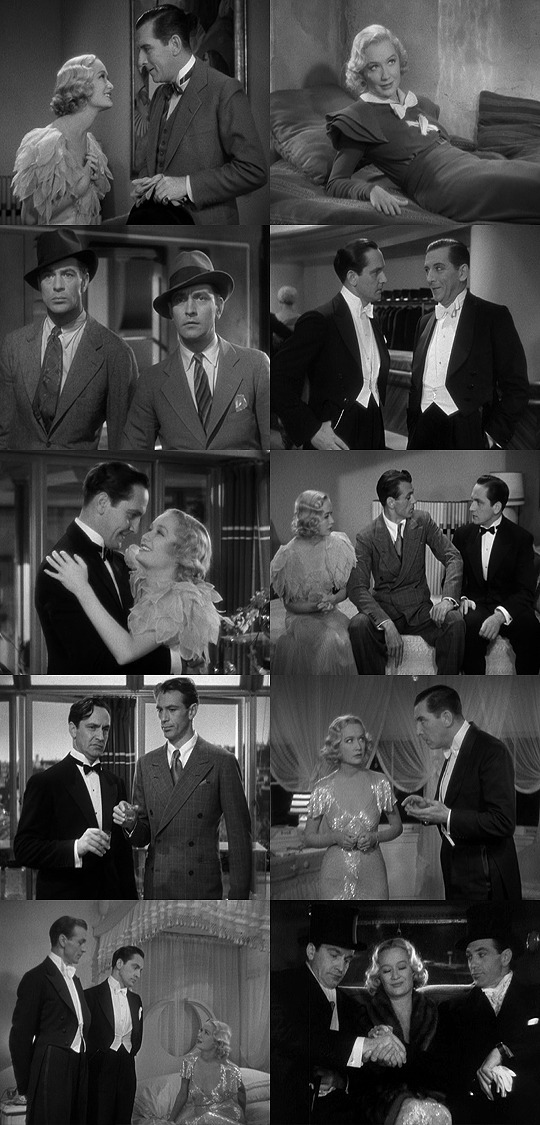
Films Watched in 2023:
05. Design for Living (1933) - Dir. Ernst Lubitsch
#Design for Living#Ernst Lubitsch#Miriam Hopkins#Fredric March#Gary Cooper#Edward Everett Horton#Franklin Pagborn#Isabel Jewell#Noel Coward#Films Watched in 2023#My Edits#My Post
5 notes
·
View notes
Text
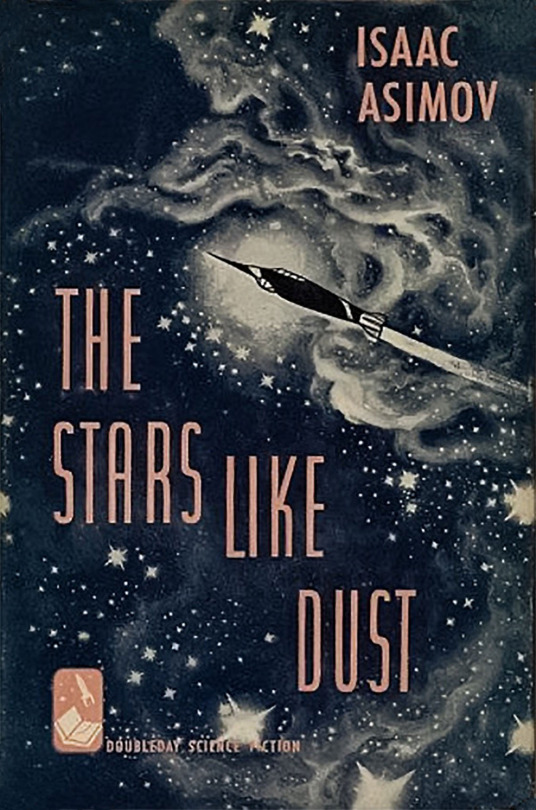
THE STARS LIKE DUST [aka Tyrann; aka Rebellious Stars] by Isaac Asimov (Garden City: Doubleday, 1951). Cover by Whitney Bender.
A science fiction mystery. The book is part of Asimov's Galactic Empire series and takes place before the actual founding of the Galactic Empire, before even Trantor becomes important.
The story was first serialized in the January, February, and March issues of Galaxy Magazine.
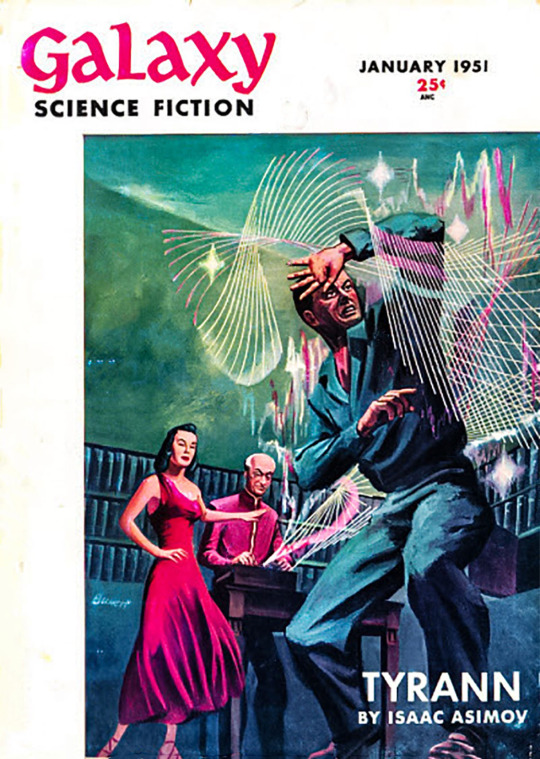
Galaxy Magazine January, 1951. H.L. Gold editor. Cover by John Bunch.
Tyrann [Part 1 of 3] by Isaac Asimov. Illustrated by Bunch.
“Dark Interlude” by Mack Reynolds & Fredric Brown. Illustrated by Maus.
“Rule of Three” by Theodore Sturgeon. Illustrated by Karl Rogers.
“Made to Measure by William Campbell Gault. Illustrated by Lawrence Woromay.
“Susceptibility · John D. MacDonald. Illustrated by Vincent.
“The Reluctant Heroes” by Frank M. Robinson. Illustrated by Sibley.

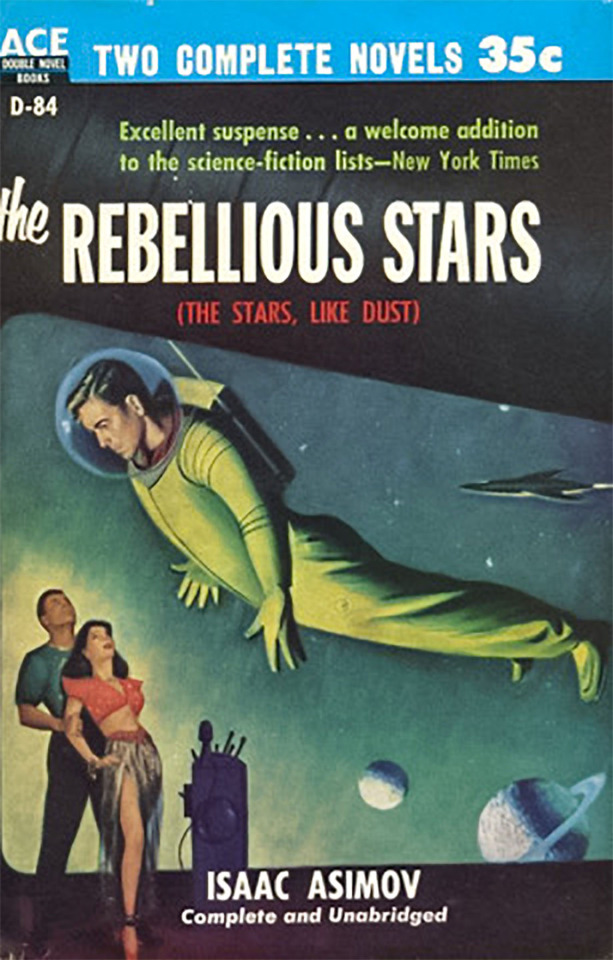

read [pb edition]
#book blog#books#books books books#book cover#pulp art#science fiction#beautiful books#isaac asimov#galaxy#the stars like dust#the rebellious stars#tyranny of dragons#tyrann#ace double#richard powers#book design#book collecting
9 notes
·
View notes
Text
Dread by the Decade: Dr. Jekyll and Mr. Hyde
👻 You can support or commission me on Ko-Fi! ❤️
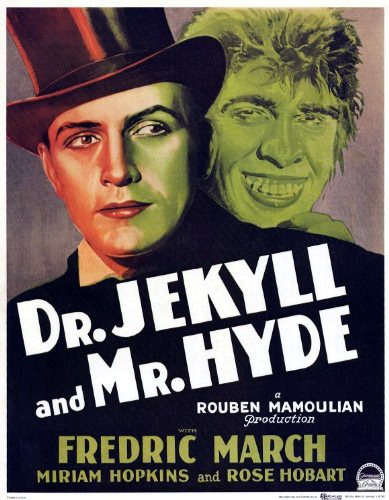
Source Material: Strange Case of Dr Jekyll and Mr Hyde by Robert Louis Stevenson
Year: 1931
Genre: Science Fiction, Sci-Fi Horror, Gothic
Rating: UR (Suggested: PG-13)
Country of Origin: United States
Language: English
Runtime: 1 hour 38 minutes
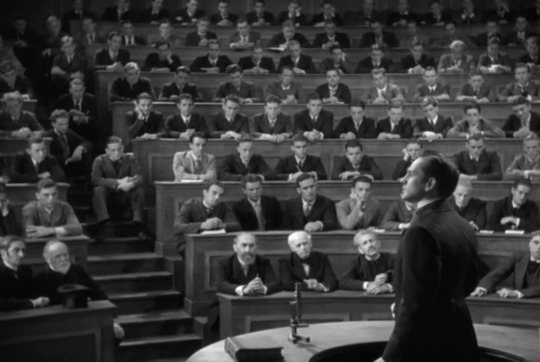
Director: Rouben Mamoulian
Cinematographer: Karl Struss
Editor: William Shea
Writers: Samuel Hoffenstein, Percy Heath
Cast: Fredric March, Miriam Hopkins, Rose Hobart, Holmes Herbert
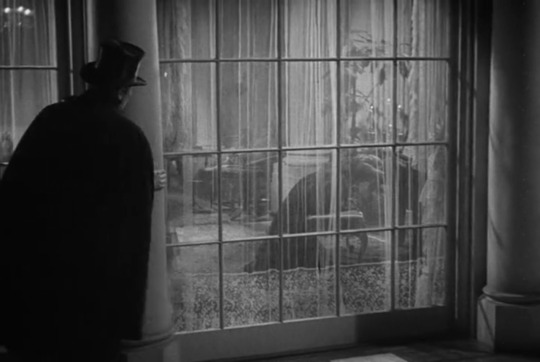
Plot: To test his theory on the duality of man, a scientist makes a formula that separates his good and evil sides.
Review: Darker than prior adaptations, this version of Dr. Jekyll and Mr. Hyde is fueled by a captivating lead and impressive special effects.
Overall Rating: 4/5
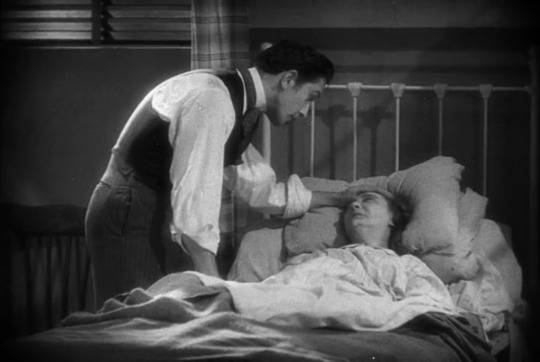
Story: 4.5/5 - Twisted, grim, and shockingly violent, it successfully explores the darkness that lives in even the best of us.
Performances: 4.5/5 - March is fantastic as both Jekyll and Hyde, and displays the best transformation acting thus far. Everyone else is solid.
Stunts/Choreography: 4/5 - Impressive acrobatics and decent fight choreography.
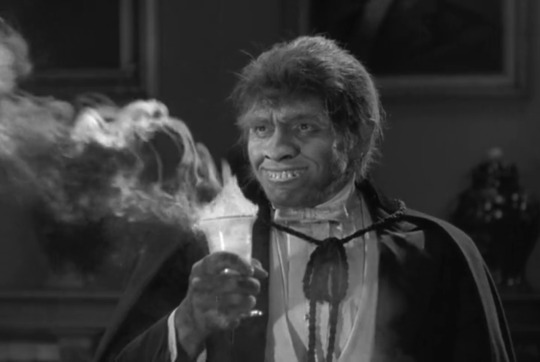
Cinematography: 4.5/5 - Beautiful shot composition and lighting.
Editing: 4/5
Effects: 4.5/5 - The transformation in this film is great. Special filters were changed in real time to reveal make-up that had been pre-applied to March's face.
Sets: 5/5 - Excellent and historically solid.
Costumes & Make-Up: 3.5/5 - The costumes and regular make-up are solid but Hyde's make-up, meant to resemble a neanderthal, accidentally veers close to blackface until more hair is added.
youtube
Trigger Warnings:
Moderate violence
Domestic abuse and gendered violence (critiqued by the film)
Rape (the assault is not shown, but the lead up is deeply upsetting)
Sexual assault and harassment
Accidental blackface
#Dr. Jekyll and Mr. Hyde (1931)#Dr. Jekyll and Mr. Hyde#Rouben Mamoulian#sci-fi horror#gothic#science fiction#review#Dread by the Decade#1930s
12 notes
·
View notes
Text
Making this post of my projects and my commonly used tags so that I can pin it; see below the cut for more (although some of these tags might not be currently populated with much content since I have a ton of things in my queue for the next year)
My translations (movie content, 1862 articles, just all of them)
My general research interests (plus this tag for things I’m still looking into)
The Real Misérables
A Study of Les Misérables
Cham’s Les Misérables
Brick Things
Articles, cartoons, and other content from 1862 reacting to Les Misérables
The brick: the beautiful manuscript, the digressions, the experience
Brick annotations, notes, and meta
Illustrations from various editions of our beloved book
A look at the many many different editions of Les Misérables which exist
Ephemera relating to the book and its various adaptations
Content inspired by Les Misérables (but not direct adaptations)
Notes about translations/translating
Fans through the ages
Les Misérables’s particular influence in America in general
Lee’s Misérables in particular
Les Misérables in education
Les Misérables IRL: people relating hard to Les Misérables
Les Misérables Adjacent Stuff
Victor Hugo: the man, the myth, etc.
Useful references
Napoleon
Napoleon III
Cham
Historical fashion
French Revolution content
Caricatures (from the 1800s mainly)
Sewers
Nuns
Waterloo
Adaptation Specific Things
Les Misérables, drame — The play adapted by Charles Hugo
Les Misérables (1909) — The Edison Manufacturing Company film and the Vitagraph Studios film, both believed to be lost
Les Misérables (1912) — The French silent film directed by Albert Capellani and starring Henry Krauss
Les Misérables (1917) — The American silent film directed by Frank Lloyd, produced by William Fox and starring William Farnum
Les Misérables (1925) — The French silent film directed by Henri Fescourt and starring Gabriel Gabrio, Jean Toulout, and Sandra Milowanoff
Les Misérables (1934) — The French film directed by Raymond Bernard and starring Harry Baur
Les Misérables (1935) — The American film directed by Richard Boleslawski and starring Fredric March and Charles Laughton
Les Misérables (1952) — The American film directed by Lewis Milestone and staring Michael Rennie
Les Misérables (1958) — A French, Italian, and East German collaboration directed by Jean-Paul Le Chanois and starring Jean Gabin
Les Misérables (1972) — The French TV miniseries directed by Marcel Bluwal and starring Georges Géret
Les Misérables (1978) — The British TV movie directed by Glenn Jordan and starring Richard Jordan and Anthony Perkins
Les Misérables (1982) — The French film directed by Robert Hossein and starring Lino Ventura
Les Misérables, the musical (1985) — Composed by Claude-Michel Schönberg, and the libretto by Alain Boublil
Les Misérables (1998) — The film directed by Bille August and starring Liam Neeson
Les Misérables (2000) — The French TV mini-series starring Gérard Depardieu and John Malkovich
Shoujo Cosette (2007) — The 52-episode Japanese animated TV series
Les Misérables (2012) — The film adaptation of the musical, directed by Tom Hooper and starring Hugh Jackman and Russell Crowe
Les Misérables (2018) — The BBC miniseries by Andrew Davies and starring Dominic West
Other adaptations (films, books, others)
Other stage adaptations (the many many stage version which have existed)
Lost media
Film stills
Vintage Advertisements
General Fandom things
Fanart
Things that have made me laugh
The Les Misérables Modern AU world
Marisette
Barricade day
Barricades con
Character Specific Tags: Most characters can be found based on their singular names (Cosette, Marius, Enjolras, Javert, etc.) The exceptions are the following...
Jean Valjean
Jean Prouvaire
Myriel
Simplice
Gillenormad
Momes
Petit Gervais
Patron-Minette
Les amis generally
22 notes
·
View notes
Text
BLOGTOBER 10/20/2023: DR. JEKYLL AND MR. HYDE (1931)
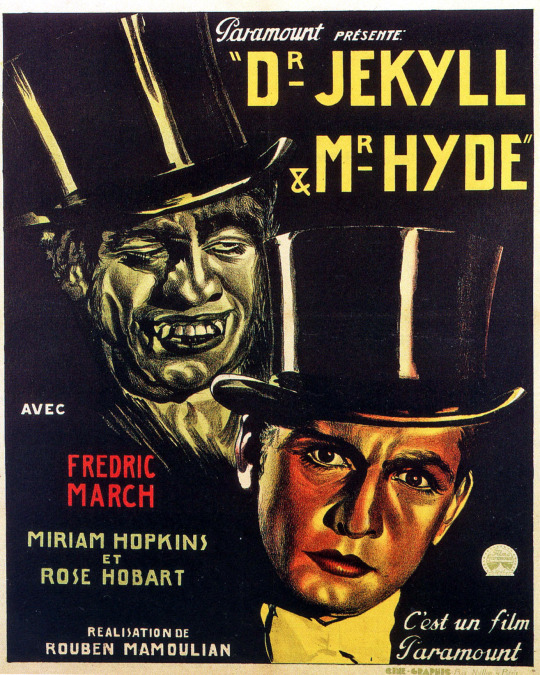
I liked this movie so much I even got over listening to everybody pronounce it "JEE-kil"! Fredric March won the Oscar for his dual role as the vain young scientist and his monstrous id, and it's easy to see why--although it's maddening to think that not only was there no makeup award at the time, but the artists themselves went uncredited. Norbert A. Myles--who worked uncredited on THE WIZARD OF OZ, THE THIEF OF BAGDAD, and MAD LOVE (also included in this year's Blogtober speed run)--and Wally Westmore, whose zillions of impressive credits include WAR OF THE WORLDS '53 and THE MOST DANGEROUS GAME (also part of Blogtober '23), should really have been honored contemporarily for what remains a simple, elegant, often magical transformation effect that makes the whole movie what it is. At least we all know now.
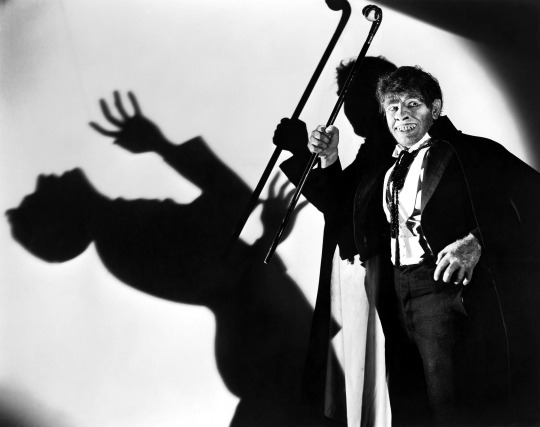
The other person who should really have been more importantly recognized for her contributions to the timeless horror of this iteration of the Robert Louis Stevenson's classic story is Miriam Hopkins, for her vivid portrayal of the doomed barroom entertainer Ivy who becomes the center of Hyde's sadistic attention. Rouben Mamoulian's movie is a bit of a Jekyll-and-Hyde in and of itself, lingering on the doctor's sappy courtship of his fiance (Rose Hobart) to the point of silliness...and then subjecting the viewer at almost intolerable length to Hyde's merciless destruction of the tragic Ivy. Fredric March's creation of the villain is a real work of art, as repulsive and frightening as it is fascinating, but his efforts wouldn't mean nearly as much without such a convincing and sympathetic victim. Hyde is a delight when he's on the rampage, sowing chaos and destruction among screaming bystanders, but in Ivy's chambers we understand the seriousness of the situation. The film is almost 90 years old but its description of misogynistic violence is as freshly disturbing and heartbreaking as the day of its release. There are a lot more Jekyll and Hyde movies I have yet to see, but even in a world where they were all bad, the Mamoulian edition proves the enduring potency of the story.
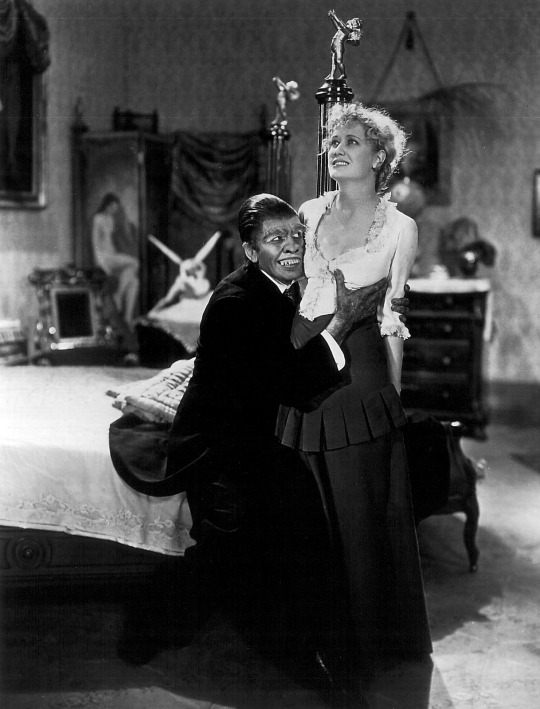
#blogtober#2023#dr. jekyll and mr. hyde#rouben mamoulian#robert louis stevenson#adaptation#horror#science fiction#sci-fi#body horror#fredric march#miriam hopkins#wally westmore#norbert a. myles#pre-code
5 notes
·
View notes
Photo
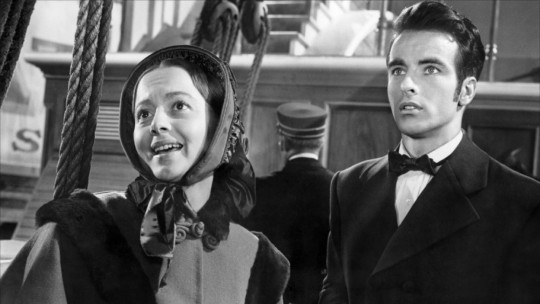
Olivia de Havilland and Montgomery Clift in The Heiress (William Wyler, 1949)
Cast: Olivia de Havilland, Montgomery Clift, Ralph Richardson, Miriam Hopkins, Vanessa Brown, Betty Linley, Ray Collins, Mona Freeman, Selena Royle, Paul Lees, Harry Antrim, Russ Conway, David Thursby. Screenplay: Ruth Goetz, Augustus Goetz, based on their play suggested by a novella by Henry James. Cinematography: Leo Tover. Production design: Harry Horner. Film editing: William Hornbeck. Music: Aaron Copland.
With 12 Oscar nominations and three wins for directing, William Wyler holds a firm place in the history of American movies. But not without some grumbling on the part of auteur critics like Andrew Sarris, who observed, "Wyler's career is a cipher as far as personal direction is concerned." His movies were invariably polished and professionally made, but if what you're looking for is some hint of personality behind the camera, the kind that Alfred Hitchcock or Howard Hawks or John Ford displayed no matter what the subject matter of the film, then Wyler is an enigma. His most personal film, The Best Years of Our Lives (1946), grew out of his wartime experiences, but they are subsumed in the stories he has to tell and not revealed with any assertively personal point of view on them. And anyone who can trace a Wylerian personality latent in movies as varied as Mrs. Miniver (1942), Roman Holiday (1953), Ben-Hur (1959), and Funny Girl (1968) has a subtler analytical mind than mine. What they have in common is that they are well made, the work of a fine craftsman if not an artist. The other thing they have in common is that they won Oscars for their stars: Greer Garson, Audrey Hepburn, Charlton Heston, and Barbra Streisand, respectively. The Heiress, too, won an Oscar for its star, Olivia de Havilland, suggesting that in Wyler we have a director whose virtue lay not in his personal vision but in his skill at packaging, at arranging a showcase not just for performers -- he also directed Oscar-winning performances by Bette Davis in Jezebel (1938) and by Fredric March and Harold Russell in The Best Years of Our Lives -- but also for production designers, costume designers, composers, and cinematographers: Oscars for The Heiress went to John Meehan, Harry Horner, and Emile Kuri for art direction and set decoration, to Edith Head and Gile Steele for costumes, and to Aaron Copland for the score, and Leo Tover was nominated for his cinematography. Wyler lost the directing Oscar to Joseph L. Mankiewicz for A Letter to Three Wives, but is there any doubt that The Heiress would have been a lesser film than it is without Wyler's guidance? All of this is a long-winded way to say that although I honor, and in many ways prefer, the personal vision that shines through in the works of directors like Hitchcock, Hawks, Ford, et al., there is room in my pantheon for the skilled if impersonal professional. As for The Heiress itself, it's a satisfying film with two great performances (de Havilland's Catherine and Ralph Richardson's Dr. Sloper), one hugely entertaining one (Miriam Hopkins's Lavinia Penniman), and one sad miscasting: Montgomery Clift's Morris Townsend. It's a hard role to put across: Morris has to be plausible enough to persuade not only Catherine but also the somewhat more worldly Lavinia that he is genuinely in love with Catherine and not just her money, but he also needs to give the audience a whiff of the cad. Clift's Morris is too callow, too grinningly eager. There is no ambiguity in the performance. If we like Morris too much, we risk seeing Dr. Sloper more as an over-stern paterfamilias and less as the cruelly self-absorbed man he is. Richardson's fine performance goes a long way to righting this imbalance, but he's fighting Clift's sex appeal all the way.
8 notes
·
View notes
Photo
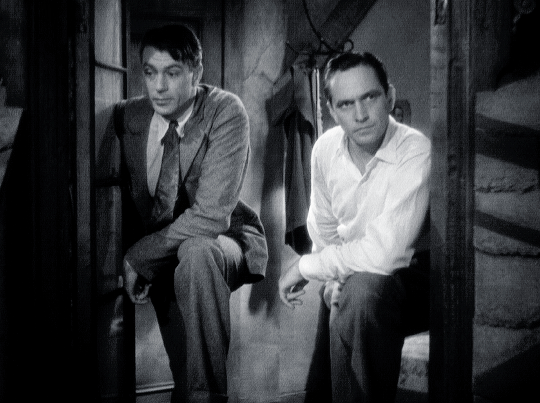
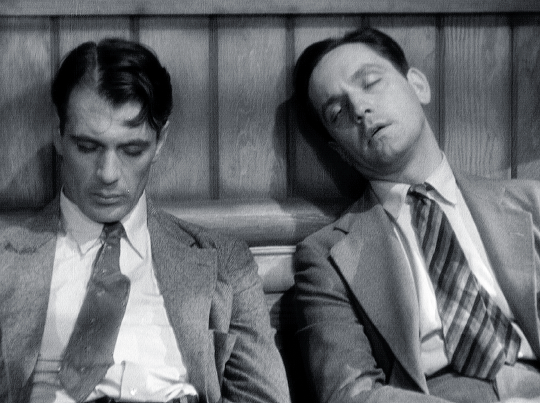



You'll get drunk?
It's the only sensible thing to do.
GARY COOPER + FREDRIC MARCH in DESIGN FOR LIVING dir. Ernst Lubitsch
#userdeforest#usermichi#usersrina#classicfilmblr#classicfilmsource#design for living#im 90% sure this has probably been done but I dont care#gary cooper#Fredric march#gifs#gifspage#edits#myedits
1K notes
·
View notes
Photo

Fredric March photographed for Manslaughter (1930).
70 notes
·
View notes
Photo

Clara Bow and Fredric March in a Publicity shot from True to the Navy (1930)
#*#edits#my edit#mine#mine*#mine*edit#clara bow#fredric march#oldhollywoodedit#old hollywood#true to the navy#1930s#1930
49 notes
·
View notes
Photo


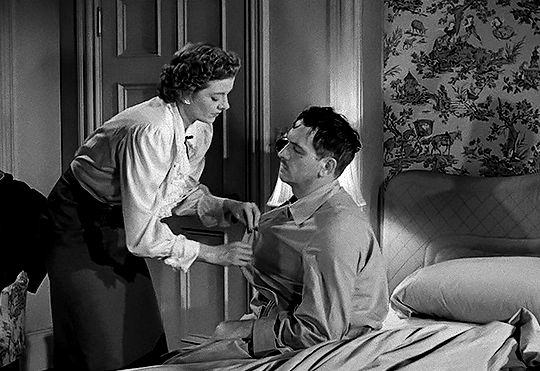

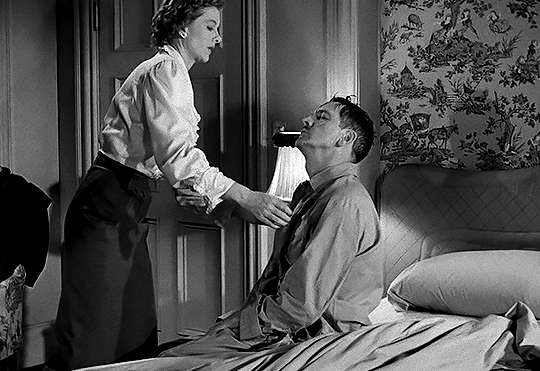
Myrna Loy and Fredric March in
The Best Years of Our Lives (1946) dir. William Wyler
#the best years of our lives#oldhollywoodedit#classicfilmedit#filmedit#fredric march#myrna loy#classicfilmsource#usermichi#moviegifs#userdeforest#usertoph#my edit
653 notes
·
View notes
Text
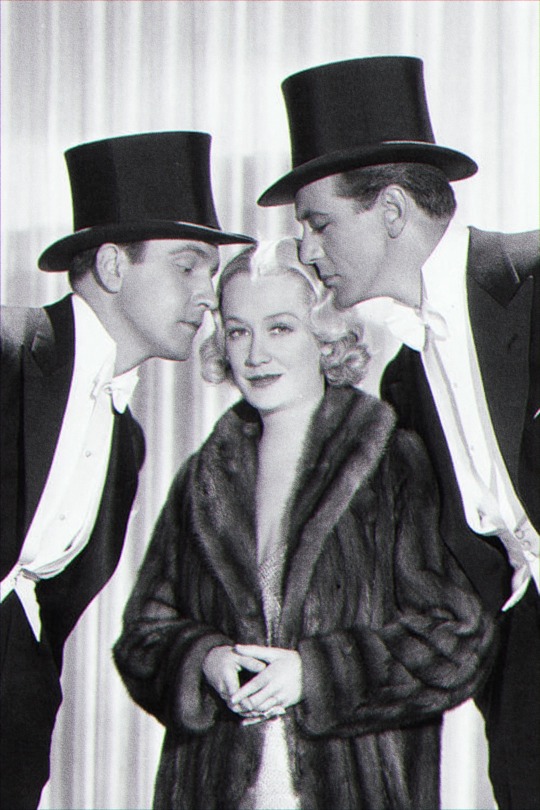
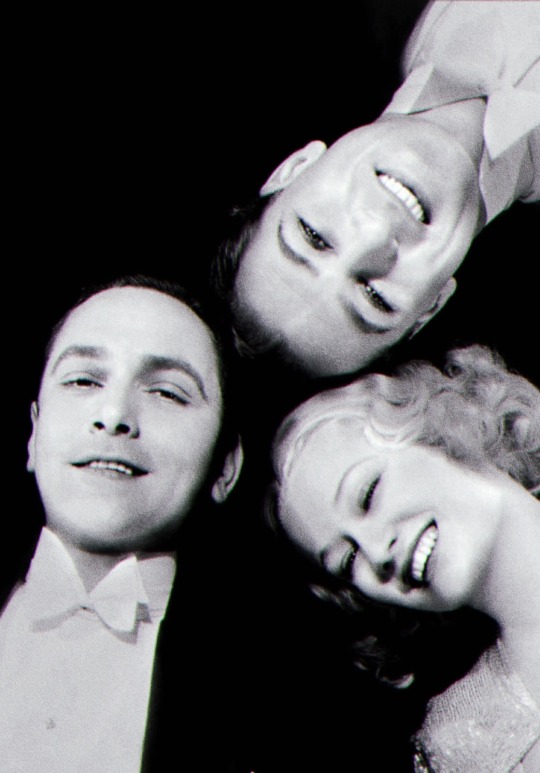
Fredric March, Miriam Hopkins and Gary Cooper, Design For Living (1933)
46 notes
·
View notes
Video
youtube
Made a music video for Sky Ferreira’s ‘Everything is Embarrassing’. Don’t ask me what it means. Let’s just say It’s postmodern.
#sky ferreira#old hollywood#a star is born#janet gaynor#fredric march#greta garbo#joan crawford#screen test#marilyn monroe#music video#fan edit#classic film#Marlene Dietrich
12 notes
·
View notes